
Commercial fittings
Following on from fitting up the injectors, now might be a good time to discuss the use of commercial and home-made pipe fittings. Before continuing however, note that the driver’s water lever on Douglas requires a spacer, about 3/8 inch long, to allow clearance for the bottom of the reversing lever when in its reverse position.
For some applications, particularly feed pipework to injector and pumps, small diameter commercial copper elbows and tees are very useful. They are easy to modify for our purposes by removing the soft solder ring (if fitted) and can be cut down to size. The use of commercial 22mm copper elbows has already been addressed herein as a useful shortcut for making the motion brackets. Remove the solder ring using a scriber (but don’t stab yourself as I did once) or, alternatively, hacksaw below or across the ring to simultaneously remove the ring and shorten the fitting.
I use commercially available copper tube to supply my pumps and injectors but sometimes it’s difficult to get the tight bends required and maintain an acceptable look on the locomotive, especially in the larger sizes. This is where these commercial elbows can come in useful.
Other commercial fittings that are useful on narrow gauge work are screwed imperial unions, elbows and tees. I’m running out of my stock of these, which was acquired at scrap prices many years ago when imperial sizes were replaced with their metric equivalents and huge amounts of useful ‘stuff’ was scrapped. As with most model engineers, however, I have plenty of hexagon brass rod, a screw cutting gearbox on the lathe and suitable sets of BSP, BSB etc. taps and dies so it’s not difficult to make what’s required.
This story is from the 4630 edition of Model Engineer.
Start your 7-day Magzter GOLD free trial to access thousands of curated premium stories, and 8,500+ magazines and newspapers.
Already a subscriber ? Sign In
This story is from the 4630 edition of Model Engineer.
Start your 7-day Magzter GOLD free trial to access thousands of curated premium stories, and 8,500+ magazines and newspapers.
Already a subscriber? Sign In
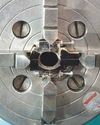
WORKSHOP TIP - Boring Eccentrics
I am making a 1 inch Minnie traction engine and have arrived at the machining of the eccentric straps.
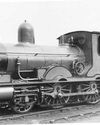
Wenford A 7¼ Inch Gauge 2-4-0 Beattie Well Tank
The stage has now been reached where the well tank body can be completed but beforehand there are some internal details to add.
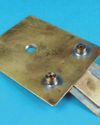
Vertical Boiler Locomotives
Vertical Boiler Locomotives
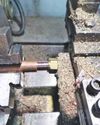
Union Nuts, and How to Make Them
These are quite different from those commercially available and are made from copper
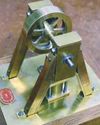
SHOWCASE Paul's Engine
One day my son Paul came to me and asked if we could make something in my workshop, so that he could learn engineering processes.
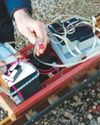
CLUB NEWS
My secret’s out!
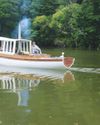
Building Dancer - The Boiler
Dancer needed a boiler that would be somewhat larger than the size permitted under the Model Engineering exemptions in the New Zealand regulations.
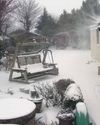
An Inverted ‘Ross Yoke' Watercooled Stirling Engine
As with all my hot air engines they are cheap to build, mostly from scrap
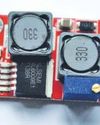
A Draught Proposal
A Draught Proposal
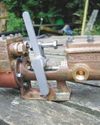
A Boiler Feed Pump
A Boiler Feed Pump